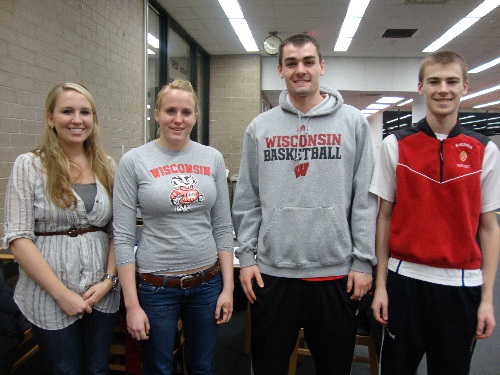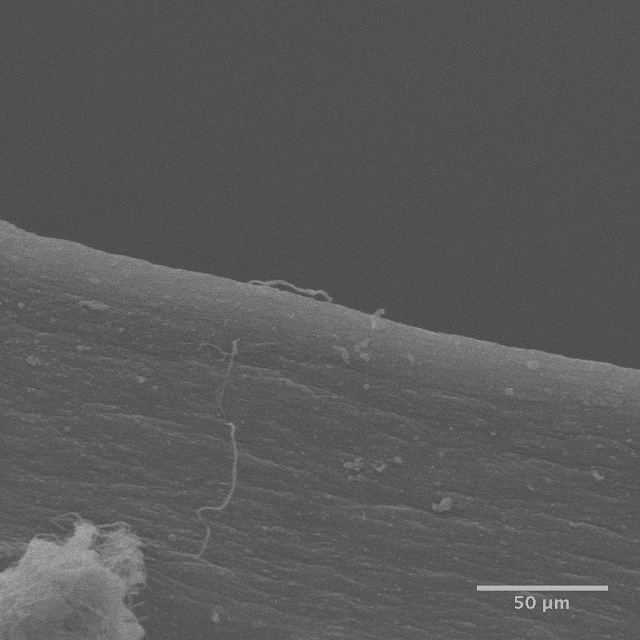Surgical device that creates a capsulorhexis during cataract surgery
Project Overview
Approximately 1.5 million cataract surgeries are performed each year in the United States and millions more throughout the world. The purpose of this project is to design a precise instrument that will be significantly more cost effective than the laser technique thus allowing for much broader access than is currently available withthe laser technique.
Team Picture

Images


Files
- Midsemester Presentation (March 14, 2012)
- Midsemester Paper (March 14, 2012)
- Project Design Specifications (May 9, 2012)
- Final Report (May 9, 2012)
- Poster Presentation (May 9, 2012)
Contact Information
Team Members
- Lisle Blackbourn - Team Leader
- Molly Krohn - Communicator
- Katharine Howell - BSAC
- Sean Heyrman - BWIG
Advisor and Client
- Prof. Paul Thompson - Advisor
- Dr. Jon Gunther - Client
